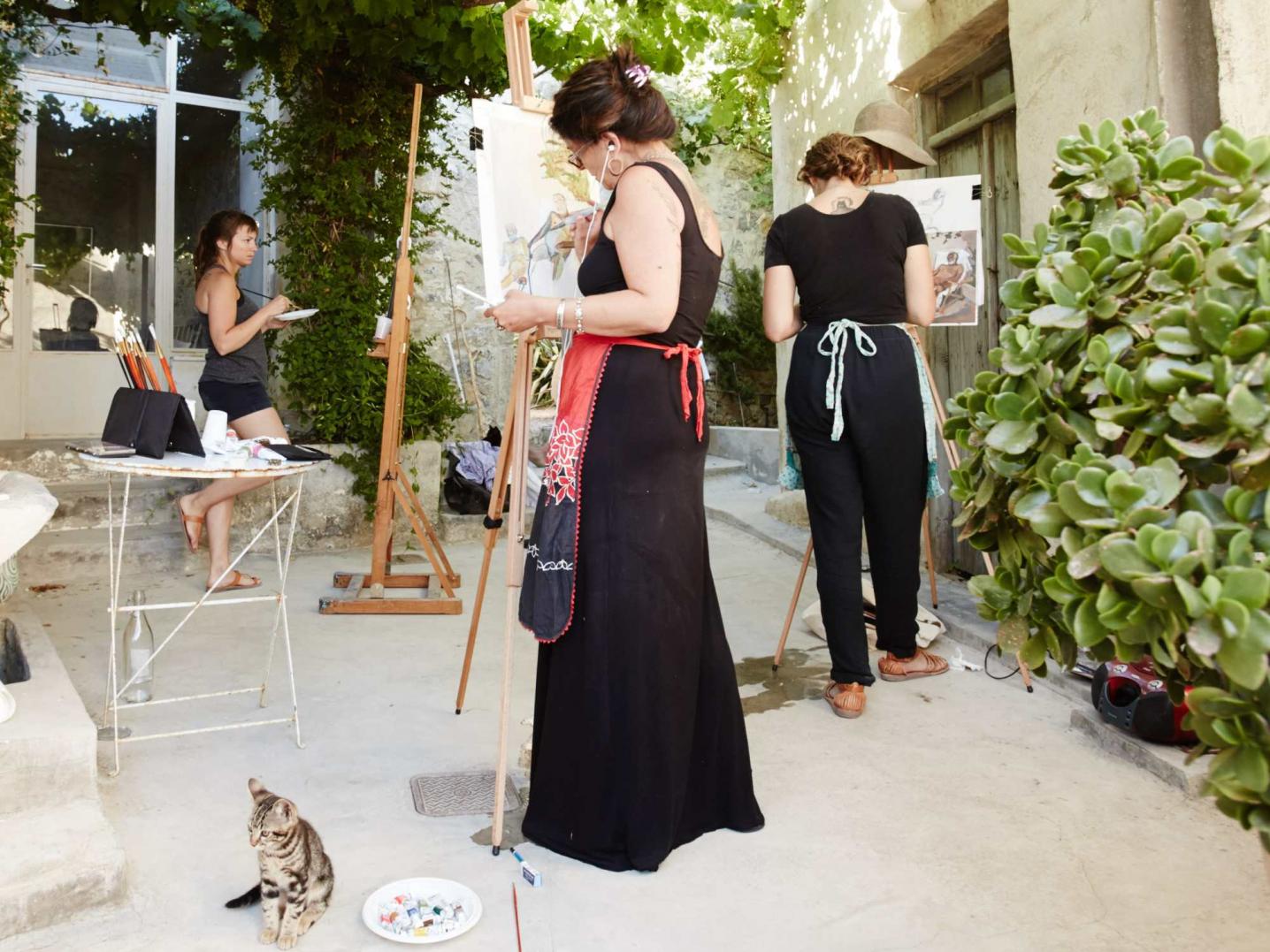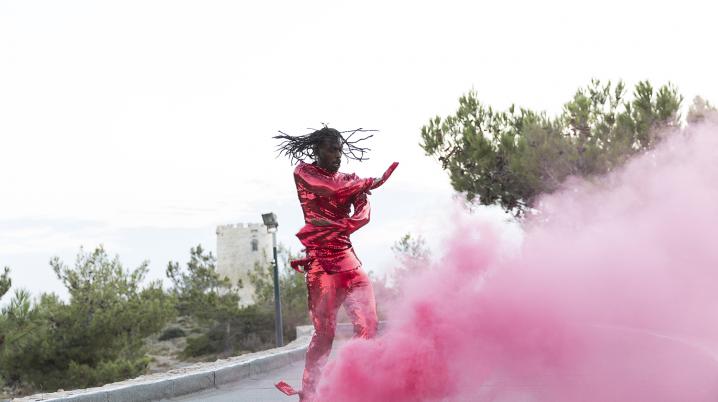
Nick Verginis is a research trainee within the team of DutchCulture | TransArtists as part of his master’s programme on Cultural Leadership at the University of Groningen. His research focuses on the role of hosts of artist residencies in Southern Europe. This article is the first of a series of articles.
The opportunity to submit an application for an artist residency should not be seen as a luxury, as a trend, or as an occasion to take a holiday. It seems that in critical times, artist residencies can really be a tool for re-imagining and re-structuring the whole ecology of art. Although in countries such as Greece, artist residencies are far from being formally recognised and structurally supported by public authorities, the advantages they offer cannot be overlooked. Often located in rural surroundings, artist residencies can be seen as spaces where the visiting artists have the space and time to connect with the local population and share resources and knowledge in a reciprocal and deeply beneficial way. Reciprocity and mutual offering are, at the end of the day, phrases deeply related to the nature of hosting, which, for both artists and institutions, can be at the root of the creation of networks of care.

More than a break
What is it about taking some weeks or a month in a far-away place in another country, cultural context and local environment, that makes an artist residency so intriguing, attractive and necessary for artists? In the – albeit brief and not broadly or concretely studied – history of artist residencies, the answer seems simple: a change of scenery, a retreat to a place of solitude, perhaps a shelter for some, and a break from the hectic rhythms of cultural production centres. Probably all true, but it seems to me that there is more to it.
Nowadays, we have gotten surprisingly accustomed to hearing about all the multi-layered crises that the world is going through to the point where nothing surprises us anymore. In this late capitalist and post-pandemic era, the tendency to seek trans-/post-national mobility towards a non-central, often rural setting in a different landscape is no longer a matter of opportunity: it represents a choice, a need and a move that brings with it a whole new way of citizenship, responsibility, and accountability.
Instead of focusing on all the negative news and headlines about what is wrong with our times, we should rather shift our attention towards what has been learned and what we can do in our dystopian reality. Being forced to stay locked down in one location, a topos (=place in Greek), we realised that there are no other worlds to explore, no promised utopian lands of the imaginary, but it is, in fact, this world which we must make a better place.

Moving away from the centre
I would like to stick to the Greek example for a moment. In the Greek topos, where there is no structural framework for the recognition, support, funding, and legal protection of artist residencies, there is always the risk that local authorities and stakeholders take advantage of any opportunity to exploit the ‘’Mediterranean landscape, the bright sun and the Aegean Sea’’ in the form of expensive holidays for an artist that could produce an artwork or an exhibition at the end of their stay. Added to the fact that most of the cultural production is concentrated in Athens, it can easily be understood how important it is for artists, curators and institutions to seek opportunities in the periphery. In that way – much like Akis Kokkinos, the artistic director of DEO projects on the island of Chios told me – not only is cultural production going towards decentralisation, but also new centres in the periphery can be created, focusing on fair and ethical creation, and collaboration between the artists and the local community.
It is precisely in the periphery, in rural settings and informal contexts where art, and especially contemporary art, is not necessarily present, that all the good values of hospitality can be put into practice and ideas can become reality. Of course, this should not imply any sort of hierarchy imposed by the visiting artists that have something to ‘’teach’’ the local communities, nor that the artists should only head towards the periphery because they have something to ‘’learn’’ there. It is also not to say that in urban spaces this possibility does not exist, but it is the importance of landscape that should not be underestimated. Going to a small village, an island or a remote place can allow artists to find safe spaces where they can slow down, build community awareness and grow their sensitivity to the local context. By doing that, as well as establishing partnerships with key local stakeholders and authorities, ambassadors or volunteers, residencies in the periphery can create projects that draw lines of connection between current critical discourses that move between theory and practice, and that embed themselves in different rural realities.
Allow possibilities to flow in
Overall, the artists residencies represent a unique opportunity for all parties involved. This possibility goes beyond the traditional response to justify international artistic mobility. Just as the artist Kiriko Mechanicus explained during her presentation at the NewGen event organised by DutchCulture last November, when an artist goes to a place for a residency, they are not merely visiting the place as a tourist would do. They are opening to the responsibility of being hosted, to allow all the possibilities to fly in, through the imaginary walls, and into the creation, growth, and cultivation of something new. This simultaneous opening and closure shows why it is and should be different from just going somewhere to produce an end product.
After all, what the experience of the last years has shown us, is that the calls for change, re/de-growth and regeneration, are not simply stimulating utopian ideas. In fact, they are an urgency for our collective survival, for which all of the ecology of art is necessary, and which extends beyond the production of artworks to the production of invisible processes that can become tangible over time.





